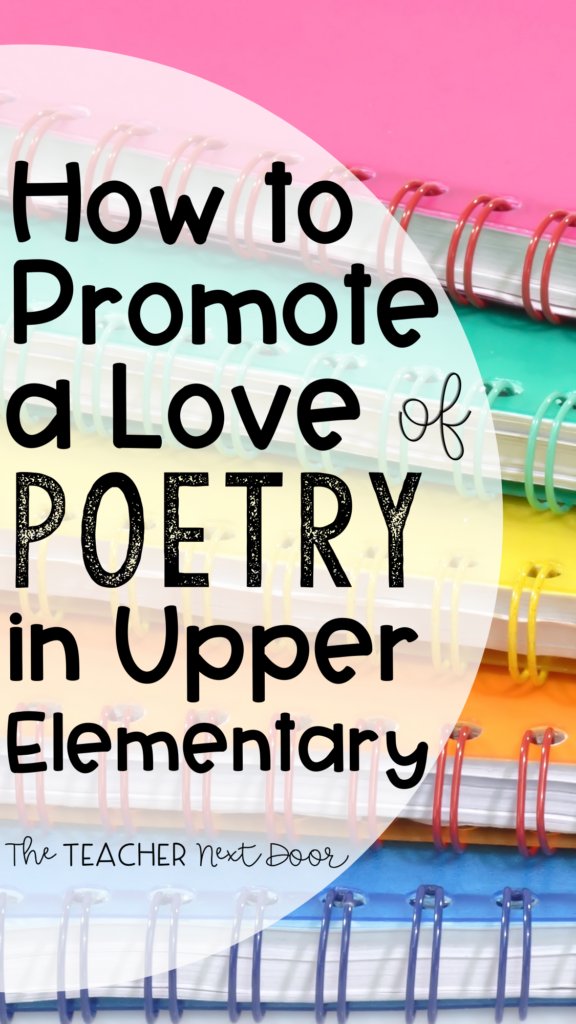
It seems like every reading curriculum I’ve used over the years never has enough “meat” to the poetry unit. Some curriculums didn’t even include poetry at all! In contrast, I’ve found that poetry has made its way onto almost every standardized test we’ve taken over the years. So, what’s a teacher to do when she/he doesn’t have enough resources to teach these important poetry skills? If you’ve found yourself in the same boat, here’s how to create a love of poetry with your upper elementary students!
This post contains Amazon Affiliate links. If you purchase through one of these links, The Teacher Next Door, LLC receives a few cents on the dollar. This commission directly supports us as a small business and ensures that we can continue to create high-quality content for upper elementary teachers, like yourself! As always, the products shared are tried, true, and tested. Enjoy!
Start with a Poetry Performance (You first, teacher!)
My favorite way to engage students with poetry is to begin the unit with performance. I start first, of course! I grab the tried and true poetry books in my classroom and read a few of my favorites with the most exaggerated expression and rhythm. I always start with Jack Prelutsky’s “A Pizza the Size of the Sun” and Shel Silverstein’s “Where the Sidewalk Ends.” 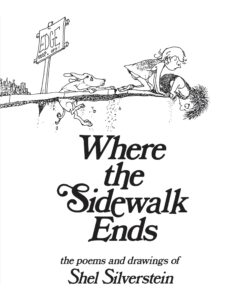
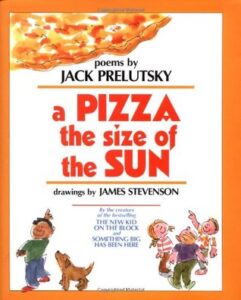 I start with these two classics because most students have at least heard of them before, and some have even read them! After my dramatic reading, I provide several poetry books to my students. (I raid my school’s library, but I’ve also ordered poetry book sets with the Scholastic points I’ve earned over the years. I always try to get several copies of each!) From here, I let students pick a poem from one of the books that they’d like to read aloud to the class. Then, I give them about 15 minutes to practice. These performances take about an hour, and they can get pretty silly. I don’t mind, though. This type of engagement is vital to gaining buy-in for this unit and creating fun memories in our classroom.
I start with these two classics because most students have at least heard of them before, and some have even read them! After my dramatic reading, I provide several poetry books to my students. (I raid my school’s library, but I’ve also ordered poetry book sets with the Scholastic points I’ve earned over the years. I always try to get several copies of each!) From here, I let students pick a poem from one of the books that they’d like to read aloud to the class. Then, I give them about 15 minutes to practice. These performances take about an hour, and they can get pretty silly. I don’t mind, though. This type of engagement is vital to gaining buy-in for this unit and creating fun memories in our classroom.
Teach Why a Poem is a Poem
Now that we’ve heard several poems, most of which rhyme, I share these two “Elements of Poetry” pages with students. We glued them into our Reader’s Notebooks, and we took a look at what attributes poems have. I take a minute to review poems from the previous day with students after completing this activity. Together, we determine if these poems contain the Elements of Poetry listed within our readers’ notebooks. (Spoiler Alert: They do.) 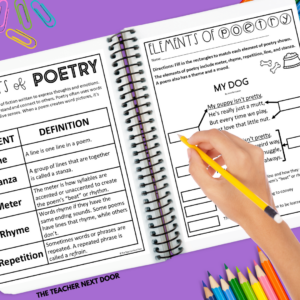
Mentor Texts
One of my favorite ways to introduce any reading unit is to use mentor texts. For this, I like to pull picture books that are poetically written. Here are a few of my favorites: Mirror, Mirror 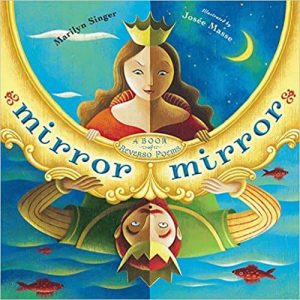 Feel the Beat
Feel the Beat 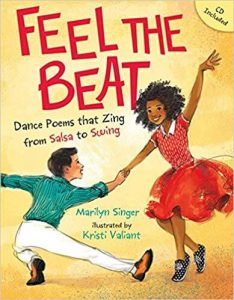 Thunder Underground
Thunder Underground 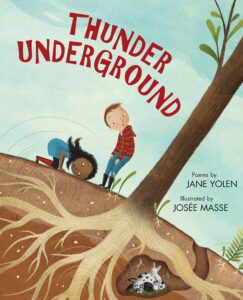 For the complete list, click here!
For the complete list, click here!
Different Types of Poetry
At this point, students have picked up on the fact that poems aren’t always required to rhyme. This is when I introduce different types of poetry. I find that this day tends to engage the kids who are still on the fence about poetry. I introduce nine different types of poetry, and there really is something for everyone here. Here’s the order I go in:
- Pyramid Poems
- Five Senses Poems
- Acrostic Poems
- Cinquain Poems
- Number Poems
- Haikus
- Alliterative Poems
- Shape Poems
- Triplet Poems
I introduce a few each day. Then, after I share the type of poem and read the students an example or two, we write our own version of each type of poem on the whiteboard together. It’s a fun, collaborative effort! We record these poem examples in our reader’s notebooks, although they could easily go in the writer’s notebooks as well.
Create a Flipbook
Once our reader’s notebooks are full of all nine types of poems, each student creates their version of each kind of poem. To ensure that these are taken seriously, I share with students that we will be creating a poetry flipbook and that these items WILL be on display. (Wink, wink – do it right, kids!) Even my most reluctant readers and writers are usually excited to create their very own poetry book. After all, poetry is easily approachable and isn’t as intimidating as prose. In the past, we’ve created paper versions of our flipbooks that are coveted by kids and parents alike! However, after going digital a few years back, I also provide students with the opportunity to create a digital version if they so wish. (I also use the digital version for any eLearning students or those who will miss several school days during this unit. So convenient to have both options!) Take a peek at the print and digital versions! 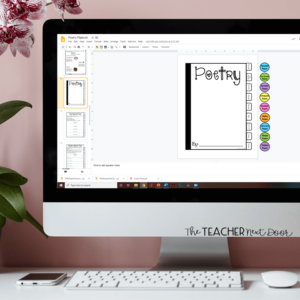
Allow and Encourage Poetry Illustration
This is a hill I’m willing to die on. I believe that when kids can display their personality through art and tie that art to literacy, they are most engaged. Allowing students to immerse themselves creatively in this project activates both the left and right brain. This is true learning! This is why each of the nine poems created by students receives a paired drawing. Importantly, this process turns kids into an author AND an illustrator. Does this take a ton of time? You bet. Does it make a huge difference and allow students to build a love of poetry? Absolutely!
BONUS TIPS
- Start at the beginning of the school year
- Spiral ALWAYS
- Don’t cram
DOES YOUR READING CURRICULUM NEED A POETRY SUPPLEMENT? THEN, CHECK OUT THESE RESOURCES TO HELP YOUR STUDENTS BUILD A LOVE OF POETRY.
Click here to take a look at digital reading units for each grade level, from 3rd – 5th:
Thanks for stopping by! Don’t forget to check out the TTND shop for oodles of resources perfect for your upper elementary classroom!


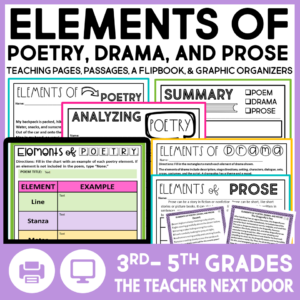
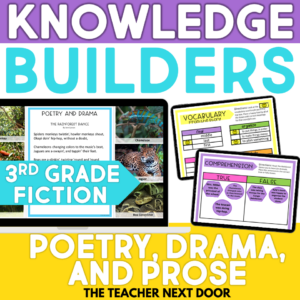
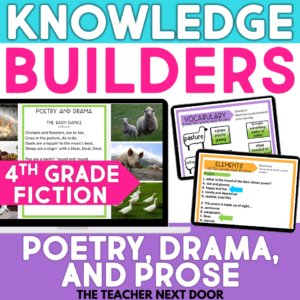
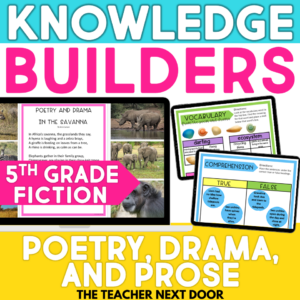
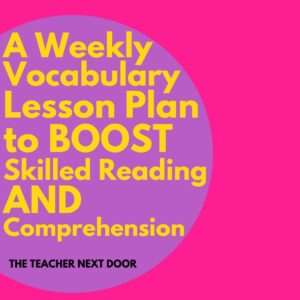
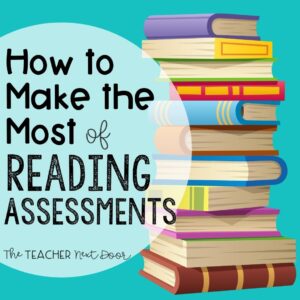
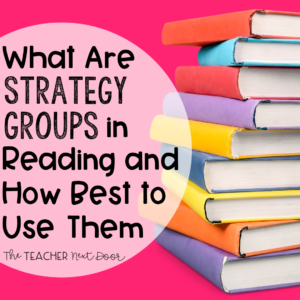


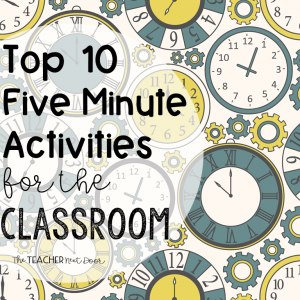






![DAY THREE DROPS! ⬇️⬇️⬇️
👉 Today, you can…
✔️ Grab done-for-you resources to keep your students engaged for $3
✔️ Grab FREE instant download activities!
✔️ Grab all of this week’s deals if you missed any!
ALL 5 of these comprehensive resources from my shop are $3 today to help fight spring fever in your classroom! 🌸🌼🌷
✏️ [BRAND NEW] Step-By-Step Personal Narrative Unit
✏️ Paired Texts Fiction to Nonfiction for Spring
✏️ 4th Grade Morphology & Vocabulary Unit
✏️ Main Idea Unit for 4th & 5th Grades
✏️ Figurative Language Complete Unit for Busy Teachers
Want the link to all the deals and freebies? Comment APRIL PARTY and we’ll send it directly to your DMs! 📫💌
PS - Don’t forget that you can still access all the Day 1 and Day 2 Deals too! 🩷](https://the-teacher-next-door.com/wp-content/plugins/instagram-feed/img/placeholder.png)

